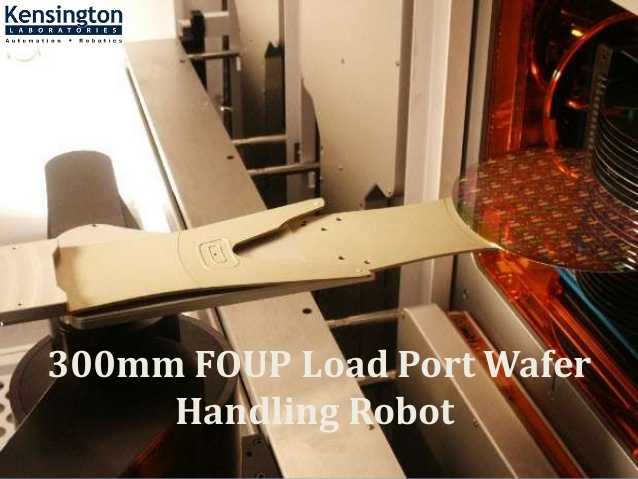Inside Precision Motion Control: A Deep Dive into XYZ Stages
Enabling accurate and repeatable motions in robotics, manufacturing, and scientific research, precision motion control is the foundation of many businesses. XYZ precision stage is a multipurpose instrument that offers three-dimensional controlled movement and is the center of this field.
In this blog article, we'll take a closer look at XYZ stages and examine their uses, capabilities, and technological developments that have transformed precise motion control.
Understanding XYZ Precision Stages
A mechanical apparatus called an XYZ precision stage is made to move an item or platform along the X, Y, and Z orthogonal axes. These axes represent linear motions in the directions of depth, verticality, and horizontality, respectively. Typically, the stage is made up of bearings or guide rails, linear actuators or motors, and a controller for accurate placement.
The capacity of XYZ stages to attain submicron or even nanometer-level accuracy is its primary characteristic. Many methods, including as feedback control systems, sophisticated motor technologies, and high-resolution encoders, are used to reach this degree of precision.
Applications of XYZ Precision Stages
XYZ precision stages are the workhorses of precision motion control, allowing exact motions in three dimensions across diverse sectors.
- Manufacturing and Automation: Precision placement and assembly of sensitive components in electronics, semiconductors, and optics.
- Robotics: XYZ phases are essential for robotic manipulators, allowing for exact tool or object placement in applications such as pick-and-place.
- Microscopy and Imaging: In biology and materials research, XYZ stages are used to precisely orient samples for high-resolution imaging.
- Scientific Research: XYZ steps are critical in research using laser-based measurements and single-molecule manipulation.
XYZ stages' versatility and accuracy make them vital instruments in a wide range of applications, propelling innovation and growth in a variety of sectors. As technology progresses, we may anticipate more sophisticated and specialized uses for XYZ precision stages.
Advancements in Precision Motion Control
The way that XYZ precision stages attain previously unheard-of accuracy and performance is being revolutionized by advances in precise motion control:
Piezoelectric Actuators:
These materials are perfect for applications that need to position objects at the nanoscale level since they can move very quickly and precisely.
Direct Drive Technology:
Direct drive motors eliminate backlash and friction, leading to smoother and more precise motion, by doing away with gears and belts.
Advanced Control Algorithms:
PID and model-based predictive control are examples of complex algorithms that maximize the accuracy and performance of XYZ stages.
Integration with Vision Systems:
Real-time feedback and closed-loop control, which increase positioning precision and enable the automation of challenging tasks, are made feasible by the integration of vision systems.
These advancements are forcing the boundaries of precision motion control, allowing XYZ stages to function more accurately, more variably, and faster.
The Future of XYZ Precision Stages
The future of XYZ precision stages in precision motion control is poised for remarkable advancements:
Miniaturization:
Precision motion control will find new uses in portable electronics, medical equipment, and micro-robotics thanks to smaller, more compact designs.
Increased Speed and Acceleration:
Throughput in manufacturing and automation processes will increase as a result of quicker, more responsive stages brought about by advancements in control algorithms and motor technology.
Enhanced Integration:
Artificial intelligence (AI) and sensors working together seamlessly will open the door to intelligent, autonomous systems that can do difficult tasks with never-before-seen accuracy.
Materials and Manufacturing:
Performance and dependability will be further enhanced by lighter, stronger, and more lasting stages that result from advances in materials science and manufacturing processes.
Customization and Flexibility:
Customizable configurations and modular designs will allow for customized solutions for particular applications, meeting the various demands of various sectors and research domains.
By pushing the limits of what's possible with XYZ precision stages and exploring new avenues in technology and innovation, these developments have the potential to completely transform precise motion control.
Conclusion
In a variety of sectors and areas of study, XYZ precision stages are essential instruments. Their capacity to attain accuracy at the submicron or nanoscale level has transformed scientific research, robotics, manufacturing, and microscopy.
XYZ phases are expected to become even more important in the future because to continuous technological improvements, which will push the limits of precise motion control and open up new avenues for research and development.



Comments
Post a Comment